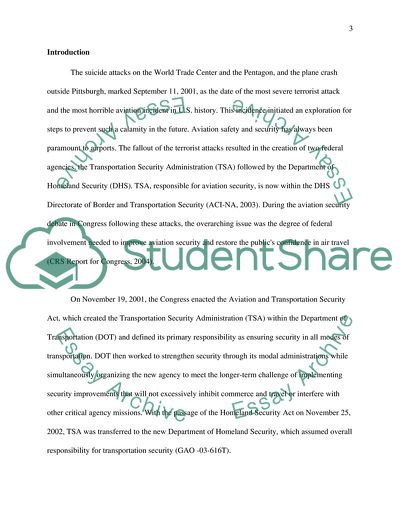Cite this document
(Aviation Security and Restore the Public's Confidence in Air Travel Term Paper, n.d.)
Aviation Security and Restore the Public's Confidence in Air Travel Term Paper. Retrieved from https://studentshare.org/law/1704044-challenges-that-we-face-in-aviation-safety-and-security-after-september-11-2001
Aviation Security and Restore the Public's Confidence in Air Travel Term Paper. Retrieved from https://studentshare.org/law/1704044-challenges-that-we-face-in-aviation-safety-and-security-after-september-11-2001
(Aviation Security and Restore the Public'S Confidence in Air Travel Term Paper)
Aviation Security and Restore the Public'S Confidence in Air Travel Term Paper. https://studentshare.org/law/1704044-challenges-that-we-face-in-aviation-safety-and-security-after-september-11-2001.
Aviation Security and Restore the Public'S Confidence in Air Travel Term Paper. https://studentshare.org/law/1704044-challenges-that-we-face-in-aviation-safety-and-security-after-september-11-2001.
“Aviation Security and Restore the Public'S Confidence in Air Travel Term Paper”. https://studentshare.org/law/1704044-challenges-that-we-face-in-aviation-safety-and-security-after-september-11-2001.


